Introduction Of $1 Million Over Few Years – Dividend Values Insurance Guide
$1 Million Over Few Years – Dividend Values Insurance Guide. Which was the for-pay option the one million dollars he wanted to pay into the policy spread out over four payments 250 000 per year examining the internal rate of return both on the guaranteed and non-guaranteed values now we’re going to look at that.
Cash value collateral loans
Internal rate of return on the guaranteed and non-guaranteed values in this particular study and we’re going to look at using the money we’re going to focus on cash value collateral loans which a lot of real estate investors are attracted to and what I’ll add is when we use the workbook we have provided for cash value collateral loans we can easily adjust the interest rate a lot of people.
We work with will often use this to say hey if I’m not going to use a collateral loan I prefer direct policy loans and I just want to get a quick ballpark of what it would look like and how much money can I access regarding the cash value in my policy this workbook does accomplish that to about 90 95 accuracies full disclosure this is not a substitute for an illustration or anything like that.
How to maximize the overall cash value growth
But a lot of people we work with that just want a quick projection and then they ask us for the formal numbers we’ll often use this but with that said let’s take a look at the numbers we’re going to examine things quite thoroughly as a lot of people we work with prefer to examine things thoroughly a question we get so so much is when I flow money into a cash value collateral loans.
In the past three videos, we talked about how to maximize the overall cash value growth I wanted to get that lump sum of money into a policy with no payments thereafter so now when I use it what do things look like particularly this what does the annual and average internal rate of return look like and at what point in time does that exceed. You Can Also Read 40 Year Old Person Insurance Lawyer And Policies In 2022 Case Study.
The net cost to borrow with a direct policy loan or a cash value collateral loan so let’s have some fun shall we’ve got the four pay scenario here or this is where we left off the three pay first the for pay one million over four years there’s the 250 per year quick refresher we’ve got the premium offset years five through seven where the dividends and interest are supporting.
A positive overall cash value our break-even point
The base premium and the cost of the term rider then we execute a reduced paid-up option no premium thereafter I do see a reduction in death benefit and things begin to climb quite nicely there’s your annual internal rate of return isolating what I’m earning each year and then there’s my average internal rate of return you’ll notice you are in the black no longer in the red.
When we have a positive overall cash value our break-even point I like to refer to that as is based on the company’s present dividend interest rate in the recent historical performance videos we’ve seen policies performing quite nicely that have been issued within the past five to ten years in the low dividend interest rate so that just kind of validates things look good when policies are properly designed and then.
We have the guaranteed values as well some people like to look at this and my belief is if someone wants to see something show it to them just like they could see it on amazon and then compare that with the loan scenarios the guaranteed values we have here we ran this at the guaranteed rate of three per cent comparing the internal rates of return unless.
One million dollars over four years
You can get a collateral loan at two per cent or less this rarely makes sense when I’m looking at the guarantees but that’s if someone wants to see it show them the numbers they can prepare for all scenarios best case and worst case scenarios so we’ve got our workbooks here what this display is as follows cash value collateral loan workbook a lot of fun here.
You’ve got the one million dollars over four years there’s the 250 this is the exact scenario we looked at in the past couple of videos annual IRR and average IRR to loan to value at 95 that’s a good number to use we can change this if we want to but that’s a good number to use if you’re considering direct policy loans or a cash value collateral loan if you want to shoot it conservative.
I would kick it down to 90 per cent just to set expectations more conservative but 95 per cent most banks will use that rate right there or that percentage if I’ve got 100 grand in cash value my maximum line of credit then would be about 95 000 with most lenders some go to 93 some are 100 with a little bit higher rate.
Whole life insurance policy negative 17 per cent hit
But it depends on the lender that I’m using with a cash value collateral loan and then with direct policy loans typically range between 95 and 100 depending on the company product term riders all that other fun stuff that I might have attached so here’s what we like to look at here collateral loans can find them at three per cent.
We’re going to kick that a little bit higher in the event interest rates go higher and they’re higher over here so we’re going to play around with the rate but first, let’s start here the first year is the worst year with any whole life insurance policy negative 17 per cent hit in this particular example guardians increased pua fees so the 7702 change is why we see that but still 17 negative irr next year 0.92 negative and then from.
That point forward it’s positive based on the company’s present dividend interest rate it shoots up in year five because I’m no longer making payments so I have no pua fees because I’m not paying pua fees no premium loads none of that then it shoots up again when I execute the reduced paid-up option so as we look at this I want to measure.
Where you can get creative always work with a CPA
This is compared to the cost to borrow and you can do that if you know what the rate is on the cost to borrow without even plugging in any loan figures for example here’s my interest rate because we can find them right around three per cent relatively easily right now so if I look at the annual IRR at what point in time am I earning three per cent or greater this particular example year five.
If I take it year one I’ve got a negative 17 per cent IRR then I’ve got my cash value at 206 3 costs to borrow the first year I could argue that it hurts me more than it helps me now yes this money continuously compounds so I do make up for it over time some view it saying hey I’ve got the 200 that’s my line of credit there that’s.
What I’m comfortable using and the three per cent rate the cost to borrow is fine with the hit there depends on everyone’s situation but I do like to point this out because it is a pain point for many individuals and it’s way better to be aware of the pain points before I start a policy as to as opposed to finding out after the fact so if I take it in year four.
Business the cpa works
If I’m earning an annual IRR of 1.6 and it costs me three per cent what would my net cost be there you go so about 1.4 in that particular example now you can get quite creative with these if you want so with the interest if it is for business so with cash value collateral loans this is easy on the lender’s paperwork I could check off if it’s for personal or business use and if it is business use here’s where you can get creative always work with a CPA or accountant none of this is tax advice but.
We’ve seen many people deduct the interest here if it’s with a cash value collateral loan the purpose is for business we’ve got the interest deduction there makes it very easy whereas direct policy loans the IRS language reads loan interest is generally not tax deductible we have seen some people deduct it um when it’s legitimately for business the cpa works with them and such but at irs language states generally not tax deductible and it’s generally not tax deductible.
So let’s look at some models shall we why don’t we assume this column here well not assume this is the maximum we can borrow so if i’ve got 207 000 in cash value the maximum loan i can take out right here would be what based off the 195 not the 200 000 in cash value or the 196 here so if he wants to take out a loan let’s assume it’s policy year two ltv is 430.



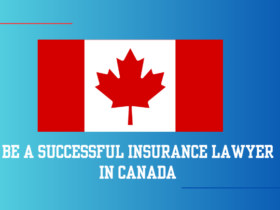



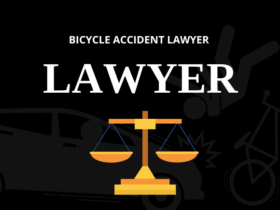




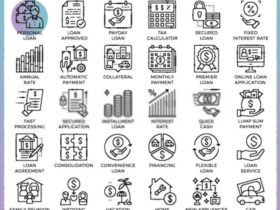




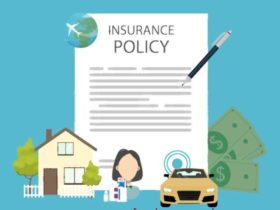



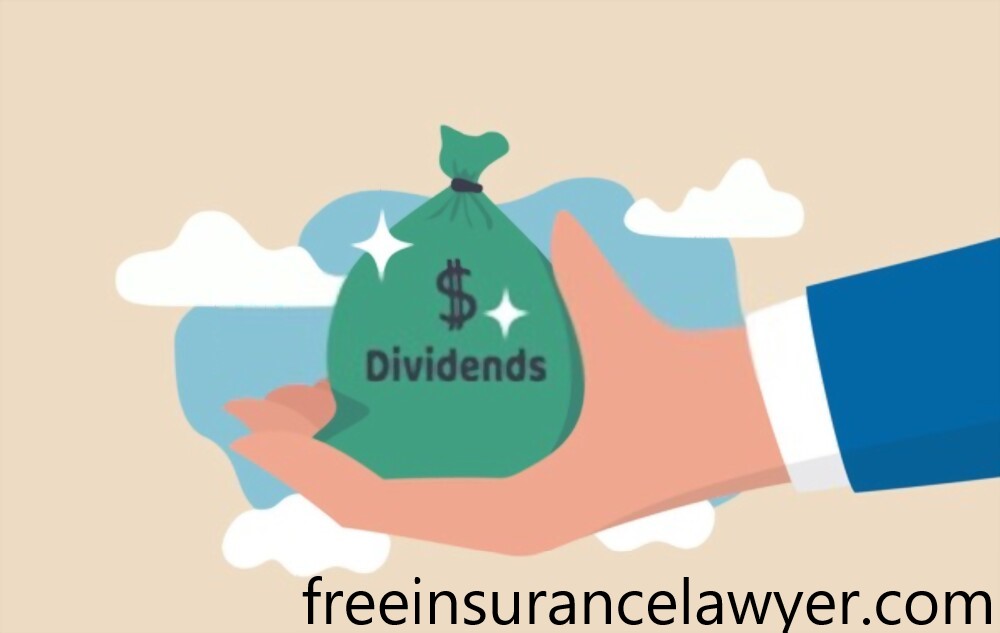
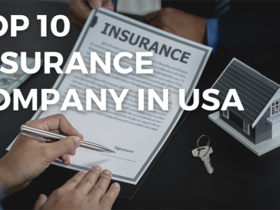


Leave a Reply